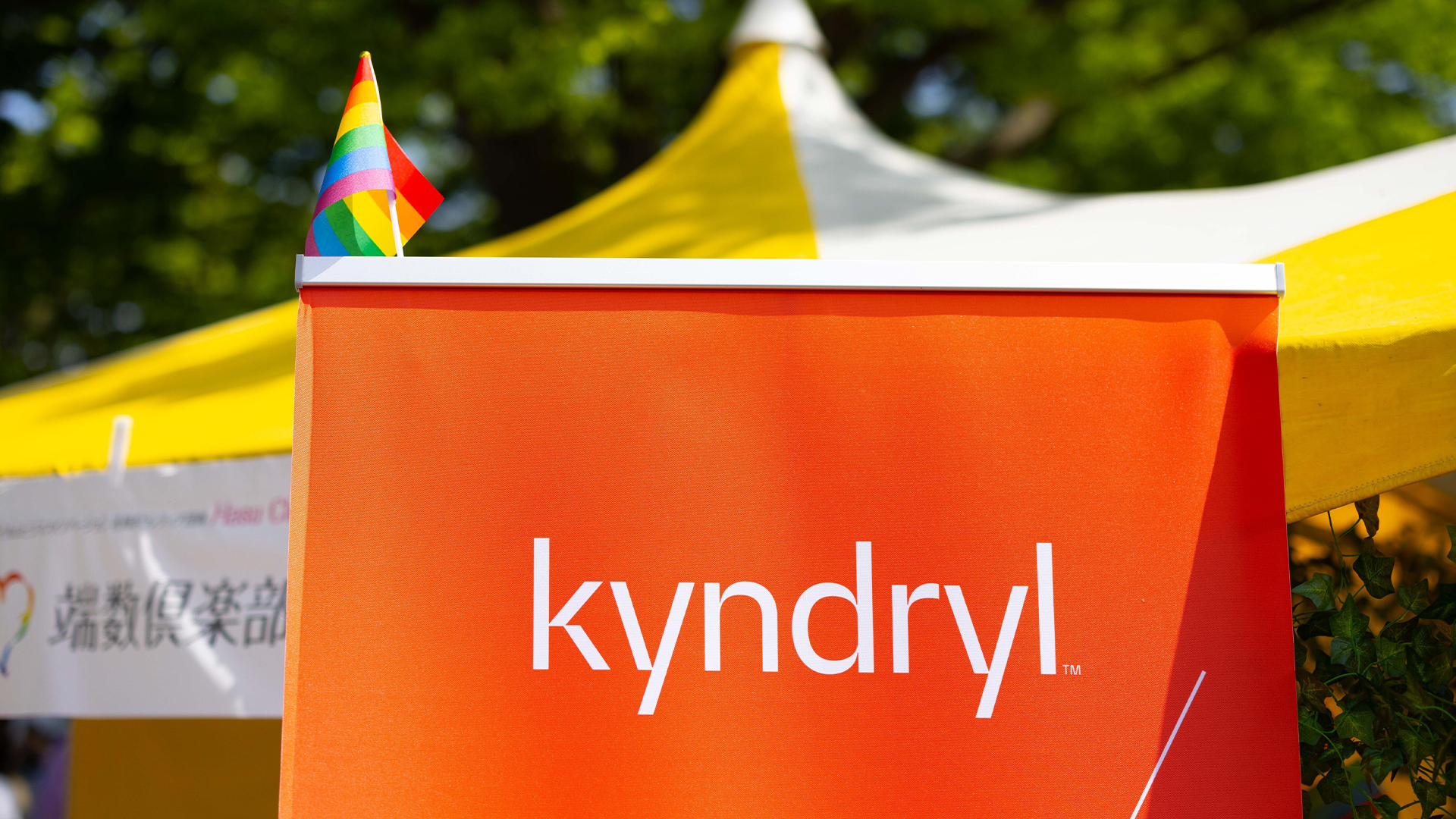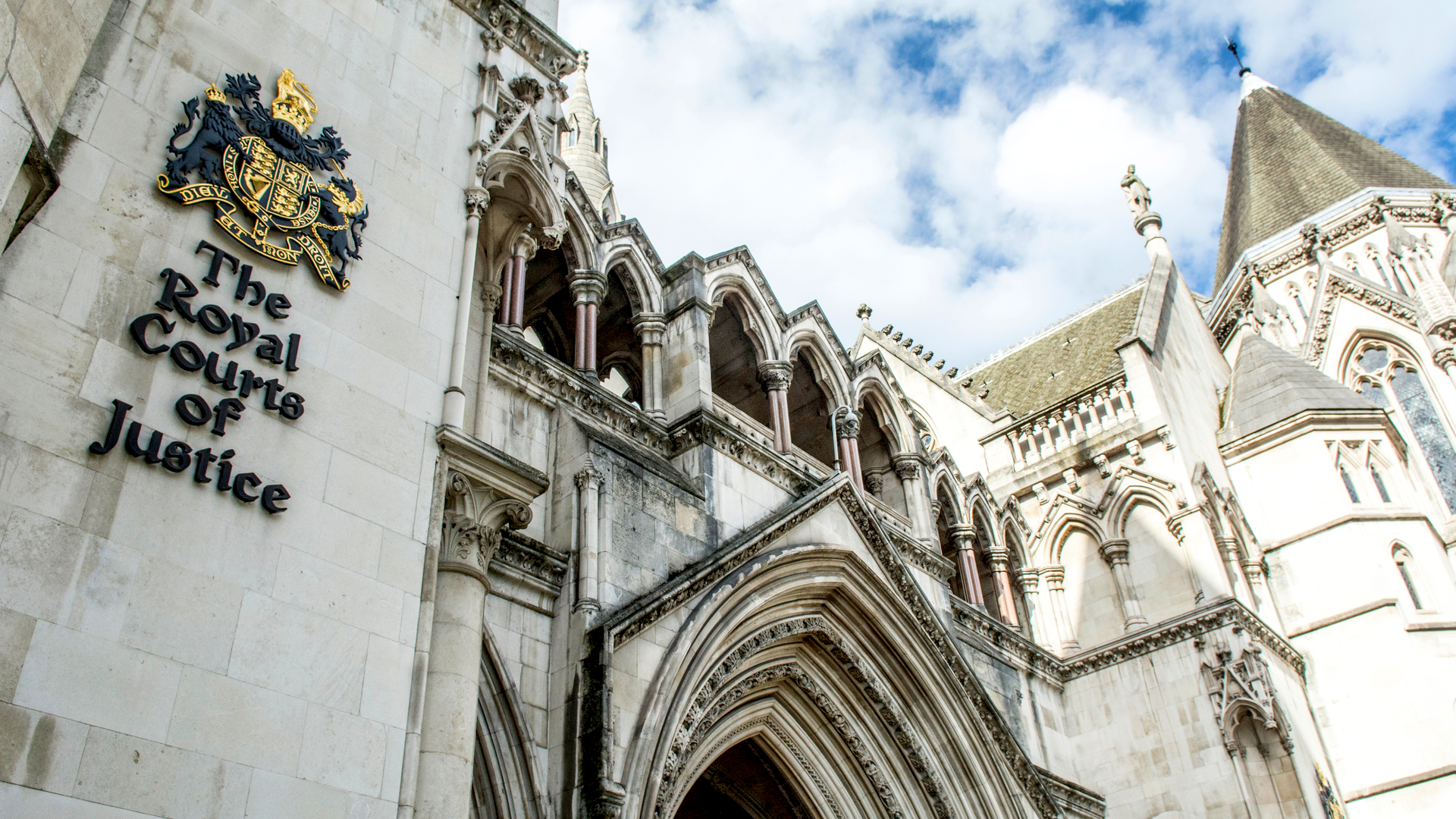Adult websites less of a malware threat than 'normal' sites
Data gleaned from a security firm's anti-virus software reveals that adult websites make up just one per cent of all infected pages online.

Legitimate websites infected with malware outnumber infected adult sites by a ratio of 99 to one, according to a report from security software maker Avast.
Of all the sites found to be hosting spyware, Trojans, keyloggers and the like, Avast found that just one per cent were adult sites.
In the UK, for example, the free anti-virus software maker found more infected domains containing the word "London" than including the word "sex", and said it was clear that the number of infected adult sites was also declining.
This undermines arguments that avoiding adults sites drastically reduced the chances of malware infection.
"We are not recommending people start searching for erotic content but the statistics are clear for every infected adult domain we identify there are 99 others with perfectly legitimate content that are also infected," Avast's chief technology officer (CTO) Ondrej Vlcek said.
Nor are surfers safer sticking with tried-and-trusted sites. One infected domain Avast found was the smartphones section of the Vodafone UK website.
The mobile provider was found to be harbouring a malicious JavaScript redirect script that attempted to infect users' machines through an as-yet unpatched Windows Help and Support Centre hole, identified two weeks ago and given the tag CVE-2010-1885.
Get the ITPro daily newsletter
Sign up today and you will receive a free copy of our Future Focus 2025 report - the leading guidance on AI, cybersecurity and other IT challenges as per 700+ senior executives
This type of infection accounts for 20 per cent of all infected UK pages, Avast revealed, with Vlcek revealing that this particular bug had been so effective because it "targets the most widely used version of Windows, and at the present time it is still unpatched. This means that even if a user is running a fully updated Windows XP SP3 with all the security patches, the user is still vulnerable".
Avast's results were produced from anonymous log reports submitted by users of its free security software since mid-2009. The reports include the malware type and the infected site it came from.
-
 Bigger salaries, more burnout: Is the CISO role in crisis?
Bigger salaries, more burnout: Is the CISO role in crisis?In-depth CISOs are more stressed than ever before – but why is this and what can be done?
By Kate O'Flaherty Published
-
 Cheap cyber crime kits can be bought on the dark web for less than $25
Cheap cyber crime kits can be bought on the dark web for less than $25News Research from NordVPN shows phishing kits are now widely available on the dark web and via messaging apps like Telegram, and are often selling for less than $25.
By Emma Woollacott Published
-
 Kyndryl and Vodafone Business collaborate on new cyber security services
Kyndryl and Vodafone Business collaborate on new cyber security servicesNews The expanded partnership aims to help Vodafone customers meet their regulatory compliance requirements
By Daniel Todd Published
-
 Vodafone sues UK government after missing out on £184m Foreign Office contract
Vodafone sues UK government after missing out on £184m Foreign Office contractNews The company says the contract to supply secure communications to 532 British embassies was unfairly awarded to Fujitsu
By Zach Marzouk Published
-
 Hackers steal nearly 2,000 Vodafone customer accounts
Hackers steal nearly 2,000 Vodafone customer accountsNews Mobile operator blocks compromised accounts, urges customers to change passwords
By Rene Millman Published
-
 Vodafone: "Big Data is a big problem for us"
Vodafone: "Big Data is a big problem for us"News Telco firm admits it is struggling with Big Data security
By Joe Curtis Published
-
 Ofcom "in talks" with Vodafone over police & NHS weekend call failures
Ofcom "in talks" with Vodafone over police & NHS weekend call failuresNews Ofcom says it's urgently investigating outage after UK left without non-emergency access to Police and NHS
By Caroline Donnelly Published
-
 ICO and mobile networks join forces to cut spam text messages
ICO and mobile networks join forces to cut spam text messagesNews EE, O2, Three, Vodafone have all signed up to the scheme that will rely on consumers reporting spam texts
By Clare Hopping Published
-
 BAE Systems and Vodafone partner for mobile security push
BAE Systems and Vodafone partner for mobile security pushNews Companies sign five-year supplier and technology deal.
By Caroline Donnelly Published
-
 Vodafone teams up with Nova International and JustGiving
Vodafone teams up with Nova International and JustGivingNews Partnership aims to generate more sponsorships via mobile donations.
By JoVona Taylor Published